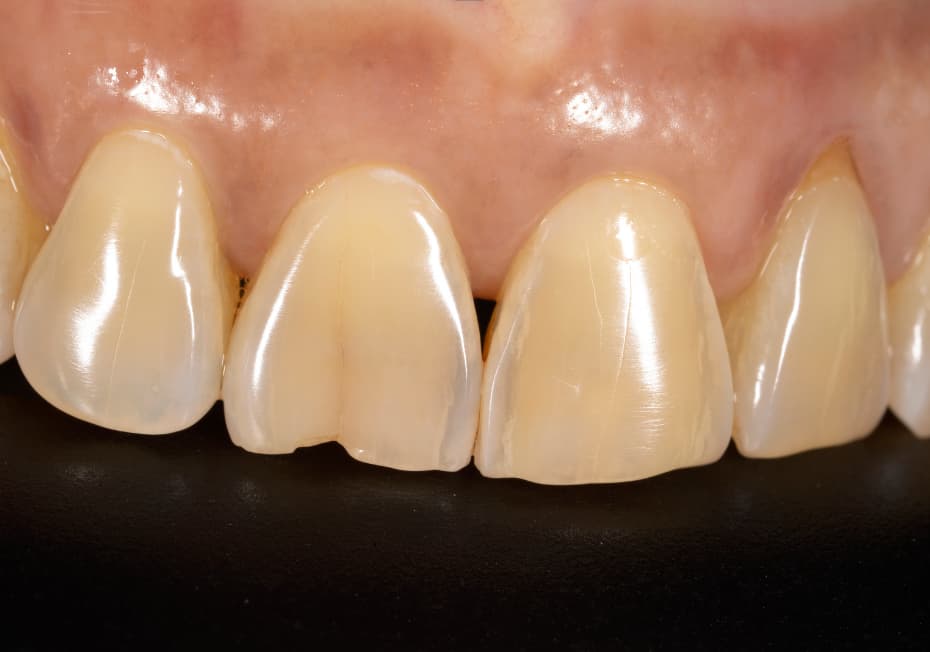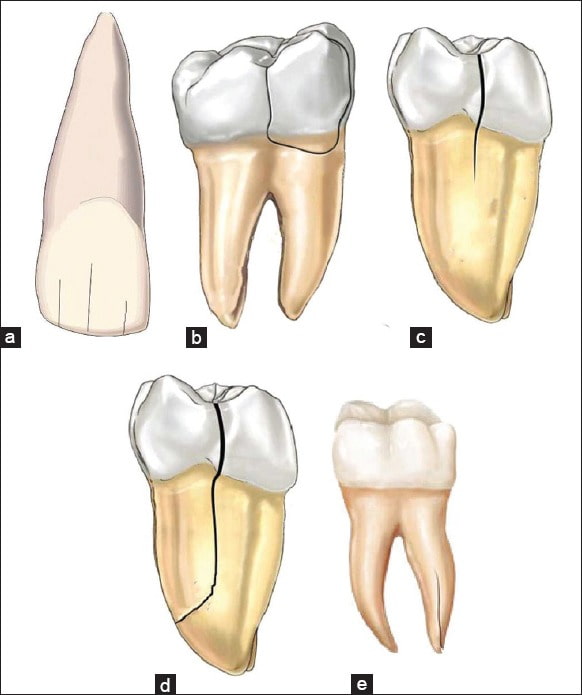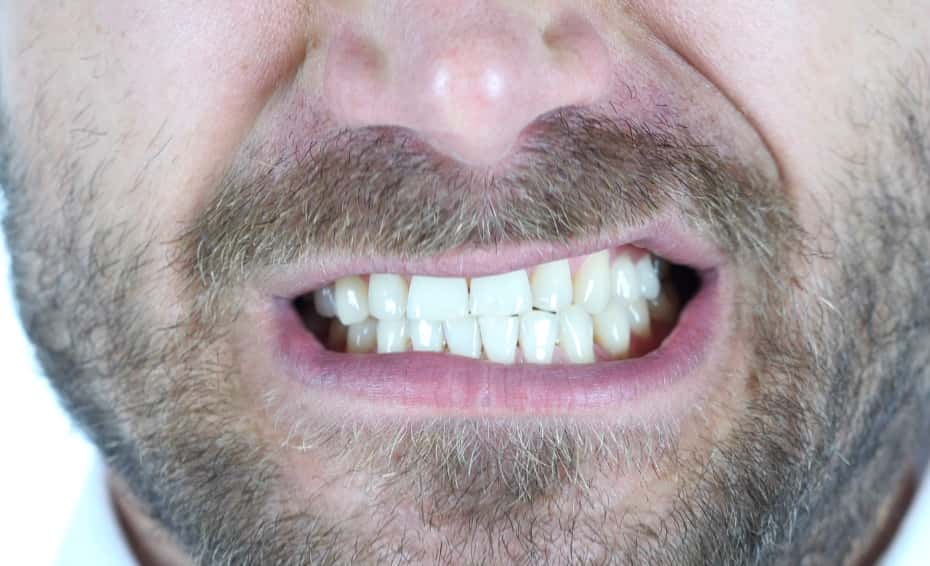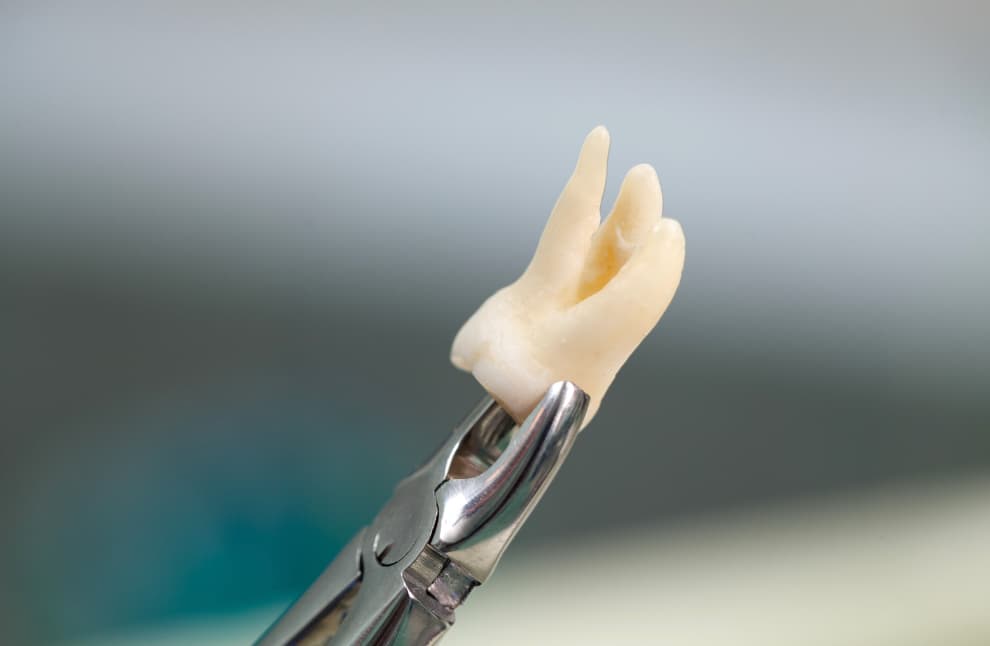A cracked tooth syndrome (CTS), as the name suggests, is a type of dental issue that results in the formation of a crack on a tooth. While in some cases, this condition can be asymptomatic, in others, it can cause enough discomfort to seek help.
And timely medical intervention can be quite important as it may prevent the crack on your tooth from spreading even further and causing other oral health problems, such as pulpitis (inflammation of the pulp), an abscess (pocket of infection), etc. Therefore, it’s a good idea to know about its signs, causes, prevention and treatment options.
What Is Cracked Tooth Syndrome?
The term cracked tooth syndrome was first coined in 1964 by Caryl E. Cameron, who defined the condition as an “incomplete fracture” of the posterior tooth (the tooth at the back of the mouth), which involves the dentin and extends to the pulp of the tooth.
In 2001, however, a study published in the British Dental Journal proposed a new definition for incomplete tooth fractures. It is when the fractures are of “unknown depth and direction” and they may extend to the tooth pulp and/or the periodontal ligament – the soft tissue between teeth and bone.

Cracked tooth syndrome is a fairly common condition, having a prevalence of 34-74%, according to a study published in the International Journal of Applied & Basic Medical Research. The same study also reported that this condition is more likely to be seen in individuals between the ages of 30 and 50 (with more females affected).
The American Association of Endodontists have classified the different types of cracked teeth as follows:
a. Craze line – Surface-level hairline cracks on the enamel. They don’t cause any problems except for their impact on the appearance of the teeth.
b. Fractured cusp – Chewing surface of the tooth breaks (usually around a filling). Crown or new filling can help protect the tooth.
c. Cracked tooth – Vertical crack extends from the tooth’s chewing surface to its roots. Left untreated, it can spread and even lead to tooth loss.
d. Split tooth – This is what a cracked tooth progresses to. Only some parts of the tooth may possibly be saved.
e. Vertical root fractures – These cracks start at the bottom of the root and then extend to the top towards the chewing surface. You might not even notice you have these, but they can be found with the infection of the bone and gum surrounding them.

Cracked tooth syndrome can affect multiple teeth at the same time, and as per a 2012 study published in the Journal of Pharmacy & BioAllied Sciences, those who already have “existing cracked teeth” they’re more likely to have other teeth that are cracked.
What Causes Cracked Tooth Syndrome?
Your cracked tooth syndrome may be the result of the following:
- Tooth decay (cavities)
- Traumatic injury
- Ageing
- Teeth placement putting pressure on a tooth
- Large fillings
- Chewing or biting into hard objects (e.g. candy, pens)
- Root canal
- Bruxism (teeth grinding, clenching and gnashing)

A 2021 research published in Pain Research and Management also notes head and neck radiotherapy as a potential cause for enamel cracks in addition to restorative dental treatment, and material used for restorations, among others.
What Are The Symptoms Of Cracked Tooth Syndrome?
You may experience the following signs and symptoms in the case of a cracked tooth:
- Tooth sensitivity to changes in temperature or even sweet foods
- Pain when biting into food
- Rebound pain (when the release of pressure, particularly on the consumption of fibrous foods, causes pain)

Keep in mind that the symptoms can vary depending on the severity of the problem. It’s also possible for you to not experience any symptoms at all.
However, in addition to regular dental check-ups, if you feel something is not right with your teeth, you should get yourself checked by a doctor. Without treatment, cracked teeth can cause other problems like infection or inflammation of the pulp.
How Is Cracked Tooth Syndrome Diagnosed?
The diagnosis of cracked teeth isn’t exactly easy because these cracks can be hard to detect. They can also be underneath the gum line, which can also make detection challenging. Still, there are different tests that can help in the diagnosis of this condition. Some of them are as follows:
- Transillumination (light is illuminated on the tooth, and the crack will block transmission)
- Dental X-rays
- Cone beam computed tomography (CBCT) scan
- Dye staining
- Periodontal probing
Of course, your dentist will also perform a physical exam and ask for your case history, including any oral habits that might potentially be contributing to the problem.
How To Treat Cracked Tooth Syndrome?
The treatment for cracked tooth syndrome will depend on the severity of the problem, which is why you must consult a board-certified dentist for an effective treatment plan. Depending on how your tooth is, the treatment options may include:

If you have bruxism, your dentist might also advise that you wear a night guard to stop damaging your teeth. Other things that may stop your condition from worsening can include:
- Avoiding biting into hard objects
- Avoid biting into hard foods
- Wearing a mouth guard when there’s a risk of traumatic injury
- Wearing a night guard so you don’t damage your teeth by clenching and grinding when sleeping
- Getting regular dental check-ups
Conclusion
Cracked teeth syndrome may seem innocuous, but it’s very important that you take quick action because cracks on your teeth can spread and eventually cause even bigger problems, such as tooth loss. While they’re not always preventable, some of their causative factors can be avoided so that you can better maintain your oral health.
In any case, if you’re experiencing any dental health issues, make sure to get in touch with a qualified and experienced dental professional for an accurate diagnosis and effective treatment plan.
Reviewed and approved by Dr Izbel Aksit
